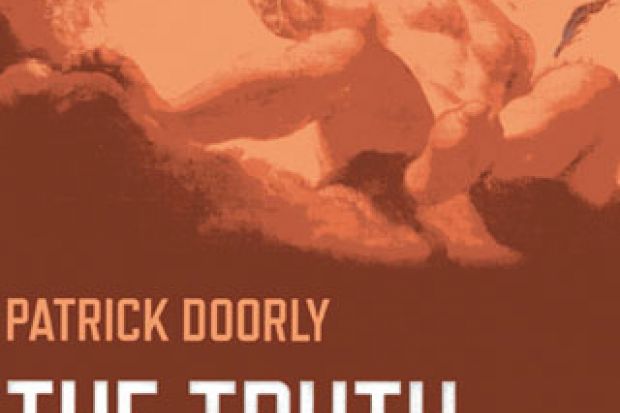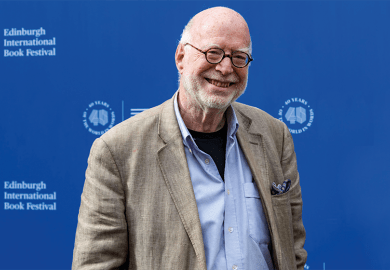In The Truth About Art, Patrick Doorly aims to help the reader beat a path through the “conceptual jungle” that has grown up around the question of what art is. He quotes Charles Harrison’s assessment “that the most interesting and difficult thing about the best works of art is that they are so good, and that we don’t know why or how”. Doorly discusses the problem of value judgements on art fitting neither objective or subjective criteria, and argues that efforts to shed light on the question by aestheticians – from Plato and Aristotle to Kant and Hegel – have not been helpful. Contending that “quality has become the love that dare not speak its name”, he enters this fraught terrain intending to elaborate Robert Pirsig’s view that “art is high-quality endeavour”.
“History,” says Doorly, “like philosophy, is written with words, those unreliable tokens that shift in meaning as their host culture changes, and acquire novel nuances when they cross linguistic boundaries.” The words he tackles with gusto include genius, originality, excellence and, above all, art. Ranging through brief, lively discussions of Leonardo da Vinci, Shakespeare, Michelangelo, Rembrandt, Goya and Einstein, he puts his assertion to the test that “those eighteenth-century literary critics who required Genius to display originality and untutored ability encumbered artists with incidental and phoney attributes”. He considers the role played by philosophers, critics such as Giorgio Vasari, and artists themselves, in obfuscating the activity of art, and supports E. H. Gombrich’s contention that the field of art history would be much improved without “the desolation of aesthetics”. His comparative analyses of a number of Renaissance artworks and his discussions of the vocabulary of marks used by artists “to create equivalents on a surface of the bewildering complexity of visual experience” are particularly effective.
This book’s consideration of the truth about art is confined to male Western art, with the exception of a few female artists in an appendix. Doorly writes well on the Renaissance, but he is dismissive of medieval art and slight on the art of the 19th century, and apart from a simplistic discussion of Marcel Duchamp, he passes over altogether the art and theory of the 20th century, from Surrealism and abstract art to the writing of critic Clement Greenberg. Contemporary art is relegated to an appendix addressing the Tate Modern’s Turbine Hall installations. While he admires the work of Antony Gormley, Anish Kapoor and Ai Weiwei, Doorly finds that much contemporary art is “work without resonance or value to others” because it does not chime with “the shared memories that constitute a culture”. Whether contemporary (or indeed any) culture and society can be considered to be cohesive is not debated.
Doorly’s use of pseudo-scientific tables and his attempt to build on Pirsig’s thesis do not convincingly bolster his argument, and several sections are written in a ponderous manner that would have benefited from being more concise. The book is printed on low-quality paper with dense text in double columns, which do not make for pleasant reading. It features small black and white illustrations that are sometimes sufficient for the author’s purpose, but often not. There is, nevertheless, a lot to agree with in Doorly’s efforts to show “that some works of art are better than others” and his contention that studying art should involve making value judgements.
The Truth About Art: Reclaiming Quality
By Patrick Doorly
John Hunt/Zero Books, 222pp, £19.99
ISBN 9781780998411
Published 30 August 2013
Register to continue
Why register?
- Registration is free and only takes a moment
- Once registered, you can read 3 articles a month
- Sign up for our newsletter
Subscribe
Or subscribe for unlimited access to:
- Unlimited access to news, views, insights & reviews
- Digital editions
- Digital access to THE’s university and college rankings analysis
Already registered or a current subscriber? Login





